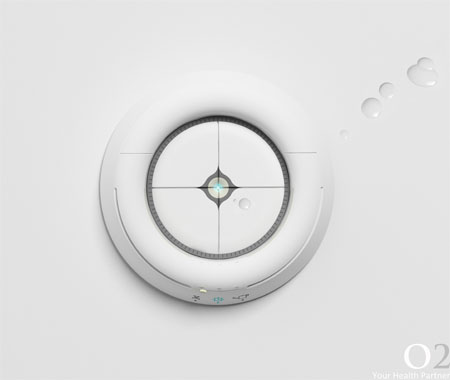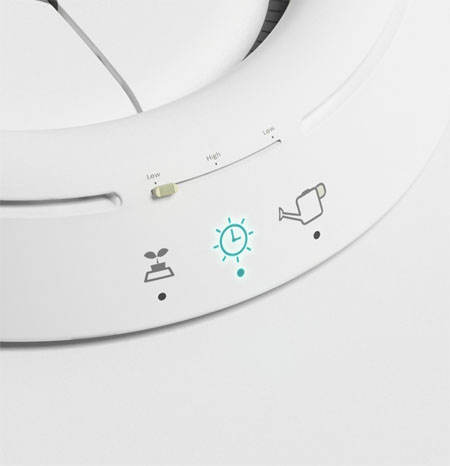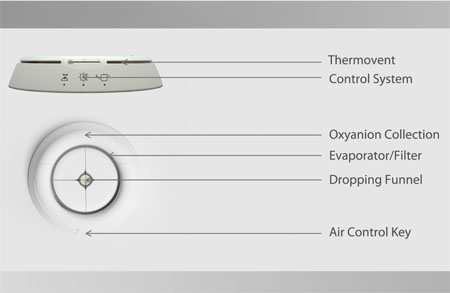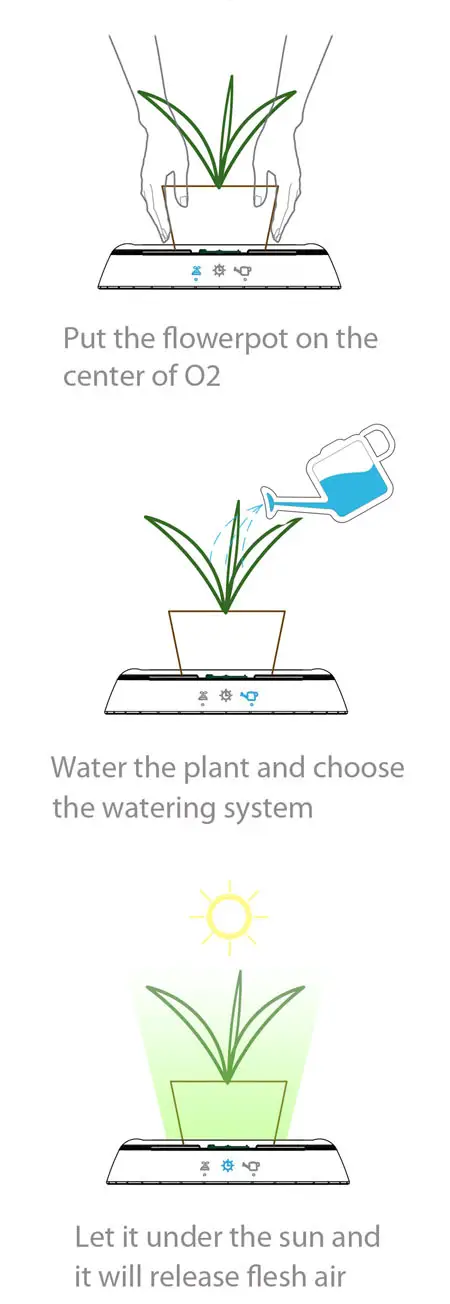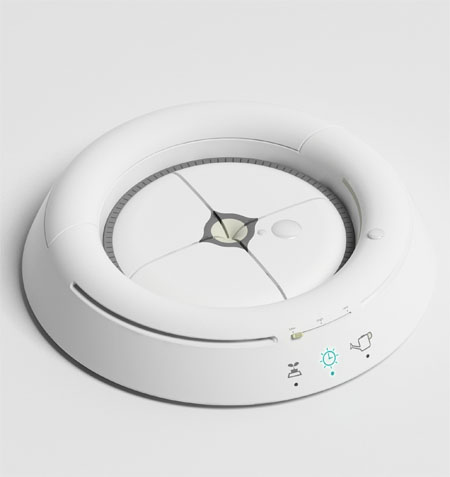Electrical accidents injure or kill around 30 Australians every week. In many cases, these accidents are preventable. Children are commonly injured by poking objects inside appliances or unused power points, or by playing with appliances. Boys aged over nine years are most susceptible.
The human body conducts electricity. If any part of the body receives an electric shock, the electricity will flow through the tissues and cause extensive burns. The heart may also stop.
High-risk appliances
The household items most commonly associated with electric shock include:
The human body conducts electricity. If any part of the body receives an electric shock, the electricity will flow through the tissues and cause extensive burns. The heart may also stop.
High-risk appliances
The household items most commonly associated with electric shock include:
- Power tools
- Lamps
- Light fittings
- Hair dryers
- Washing machines
- Electric kettles
- Hot pots
- Stereos.
A safety switch isn’t the same as a circuit breaker, which is designed to protect household wiring from power surges. A safety switch is designed to save lives by monitoring power flow and making sure it is even. If there is a loss of power, the safety switch assumes it is flowing to ‘earth’ and disconnects the electricity supply in one thirty-thousandth of a second. Make sure your safety switches are installed by a qualified electrician.
Safety around the home
Suggestions include:
- Hire an electrician to check the household wiring and install an electrical safety switch.
- Don’t piggyback two or more double adapters as this poses a fire hazard. Instead, use a power board.
- Use power boards with built-in safety switches.
- Ensure that electrical appliances are in good working order.
- Throw away an appliance that has a frayed or damaged cord.
- Never attempt do-it-yourself electrical repairs – always hire a registered electrician.
- Always turn the light off before changing a light globe.
- Avoid using electrical appliances in wet areas, such as using the hair dryer in the bathroom.
- Don’t touch electrical appliances, power points or light switches with wet hands.
- Make sure electrical cords don’t drape over hot plates or sit near heaters, since this will melt the insulation covering the wires.
- If water gets into an electrical appliance, turn it off and unplug it immediately. Have it professionally checked before the next use.
- When disconnecting an appliance, first turn off the switch then pull out the plug. Make sure you hold the plug rather than the cord.
- If an electrical appliance catches fire, unplug it if possible. Don’t use water to put out the flames.
- Be aware that electrical cables could be buried in garden areas you wish to dig.
Suggestions to protect your children from electric shock include:
- When appliances are not in use, switch off the power and unplug.
- Close unused power points with plastic plug-in covers. These are available from supermarkets and hardware stores.
- Make sure electrical cords are not dangling from benches or within your child’s reach.
- Use power boards with inbuilt safety switches when plugs are unavoidably within your child’s reach.
- Don’t permit your child to touch or play with electrical cords.
- When they are old enough to understand, explain the dangers of electricity and teach them safety measures including how to use electrical appliances safely.
Suggestions include:
- Don’t use the landline telephone (except in emergencies).
- Turn off all appliances.
- Turn off and unplug sensitive equipment such as computers and televisions.
- If you experience a power failure, switch off appliances and separate from flammable materials such as paper and curtains.
- Avoid downed power lines.
- Remain in your car if downed power lines are touching your vehicle and don’t touch any metal surfaces until emergency services disconnect the power.
Suggestions include:
- Disconnect the power supply.
- Check for breathing and pulse. If necessary, start resuscitating the person.
- Call triple zero (000) for an ambulance. If you are unsure on resuscitation techniques, the ambulance call-taker will talk you through.
- If breathing and pulse are steady, attend to injuries. Cool the burns and cover with non-stick dressings. Don’t use ointments or oils.
- Always call triple zero (000) for an ambulance in an emergency
- Your doctor
- Your electricity supplier
- EnergyAustralia Emergency Services Line Tel. 131 388
- Electrical accidents injure or kill around 30 Australians every week.
- Children are commonly injured by poking objects inside appliances or unused power points, or by playing with appliances.
- Hire a registered electrician to check your household wiring and install electrical safety switches.
